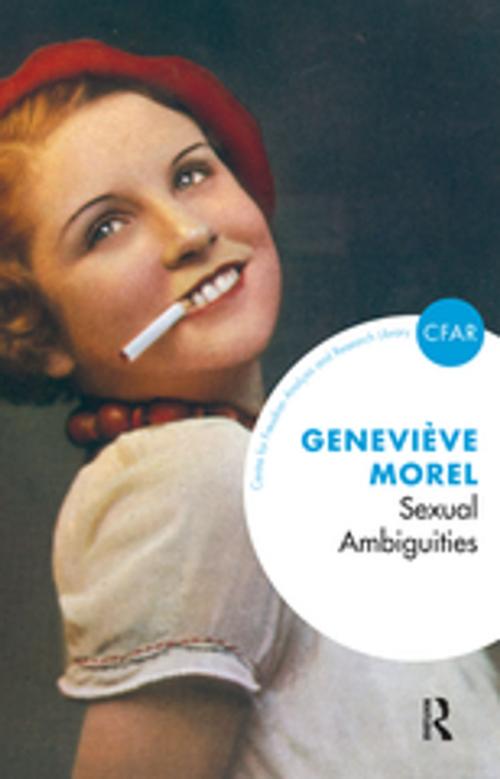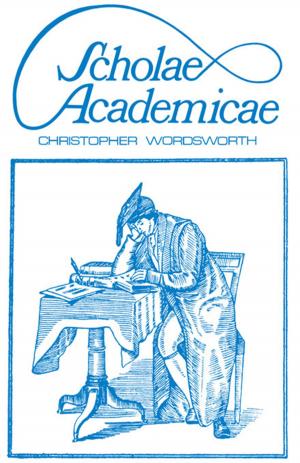| Author: | Genevieve Morel | ISBN: | 9780429919015 |
| Publisher: | Taylor and Francis | Publication: | March 29, 2018 |
| Imprint: | Routledge | Language: | English |
| Author: | Genevieve Morel |
| ISBN: | 9780429919015 |
| Publisher: | Taylor and Francis |
| Publication: | March 29, 2018 |
| Imprint: | Routledge |
| Language: | English |
How does one become a man or a woman? Psychoanalysis shows that this is never an easy task and that each of us tackles it in our own, unique way. In this important and original study, the author focuses on what analytic work with psychotic subjects can teach us about the different solutions human beings can construct to the question of sexual identity. Through a careful exposition of Lacanian theory, the author argues that classical gender theory is misguided in its notion of 'gender identity' and that Lacan's concept of 'sexuation' is more precise. Clinical case studies illustrate how sexuation occurs and the ambiguities that may surround it. In psychosis, these ambiguities are often central, and the author explores how they may or may not be resolved thanks to the individual's own constructions. This book is not only a major contribution to gender studies but also an invaluable aid to the clinician dealing with questions of sexual identity.
How does one become a man or a woman? Psychoanalysis shows that this is never an easy task and that each of us tackles it in our own, unique way. In this important and original study, the author focuses on what analytic work with psychotic subjects can teach us about the different solutions human beings can construct to the question of sexual identity. Through a careful exposition of Lacanian theory, the author argues that classical gender theory is misguided in its notion of 'gender identity' and that Lacan's concept of 'sexuation' is more precise. Clinical case studies illustrate how sexuation occurs and the ambiguities that may surround it. In psychosis, these ambiguities are often central, and the author explores how they may or may not be resolved thanks to the individual's own constructions. This book is not only a major contribution to gender studies but also an invaluable aid to the clinician dealing with questions of sexual identity.















